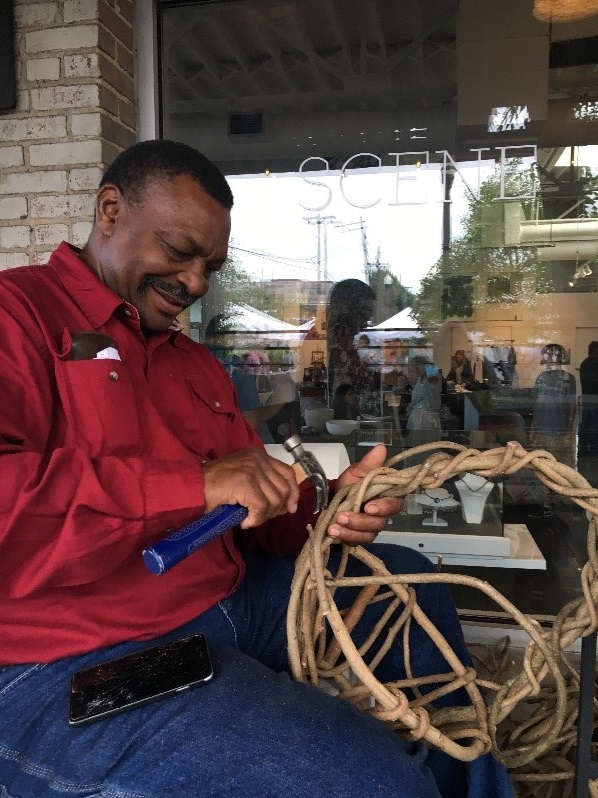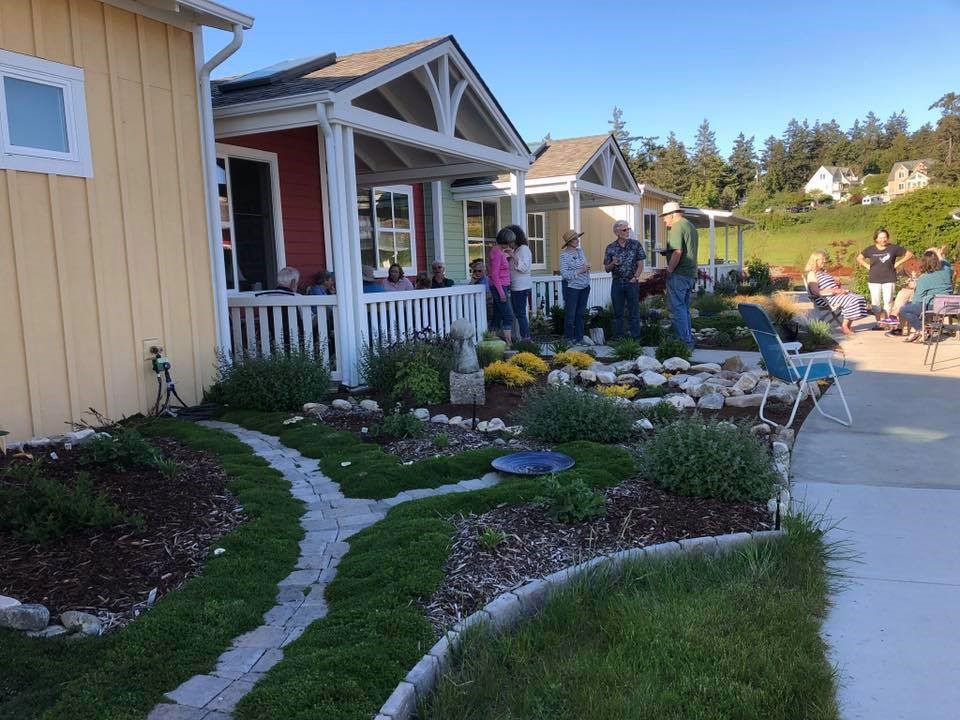- About Us
- Events & Training
- Professional Development
- Sponsorship
- Get Involved
- Resources
Case Studies in New RuralismSharing Lessons for Success in Rural Communities Nationwide
The New Ruralism Project, an initiative of APA Small Town and Rural Planning Division (STaR), APA Northern New England Chapter, and the APA Divisions Council, has been busy teaming up with communities nationwide to develop an online collection of case studies in New Ruralism. The project, which started by featuring efforts in Northern New England, has now expanded to feature grassroots initiatives to strengthen rural communities from Alaska to New York to Alabama. We are excited to announce five new case studies featuring communities from across the United States who are reinventing local markets and developing grassroots driven programs to meet the needs of their rural residents. Two of our feature communities, Kodiak, Alaska and Port Townsend, Washington are embracing cooperative models of providing food and housing. Kodiak Harvest Food Co-op, located on Kodiak Island, is skipping the high shipping costs of bringing groceries to the island by providing a market for produce and seafood grown and caught locally. Senior residents of Port Townsend, in the Puget Sound, are passing up oversized maintenance-heavy old homes in favor of the self-governing and personally designed cooperative housing community, Quimper Village. Two more communities are demonstrating how meeting a specific local need can blossom into broader community revitalization. Parents in Frewsburg, New York wanted more affordable local activities for their children, so they transformed a downtown empty church into the Relief Zone Community Youth Center, now a thriving anchor for community activities for families. Residents of Camden, Alabama also revamped a downtown vacant building, turning an old car dealership into Black Belt Treasures Cultural Arts Center, now a flourishing regional center for the arts and crafts sales, cultural preservation, and arts education. Meanwhile, residents of Allen County, Indiana are planning to be a vital part of regional economic growth. The NewAllen Alliance is bringing together residents and officials from seven rural communities to create a unified voice for small towns in larger economic development planning in the nearby city of Fort Wayne. Leaders in all five of these projects offer up lessons for success to share with other rural communities interested in developing grassroots-driven solutions to local challenges. New Ruralism communities note that they have found success by emphasizing collaboration over competition to build cross-sector support for projects. They credit the power of listening to and sharing with the community, observing that projects are most successful when they listen and adapt to the needs of residents while communicating well and often about progress. All five of the communities convey the importance of celebrating successes early, often, and publicly, noting that recognizing incremental movement keeps projects focused and moving forward. We hope lessons from these case studies serve as a resource for communities who may be interested in replicating similar projects without reinventing the wheel. For more lessons for success, stay tuned to APA Small Town and Rural Planning Division’s social media feeds in April. Each week, we will be featuring one of these innovative rural communities and sharing more details about what makes their projects exemplars of innovation. Not on social media? Check out each of these in-depth case studies on the New Ruralism website. Most importantly, tell us if you think your community should be included as a case study in New Ruralism. Is your community tackling environmental, social, or economic challenges in a unique way? Nominate your people and projects and tell us a few details about the efforts happening in your community. We want to hear your stories! We are excited about the future of small towns and rural communities across America, and our excitement is rooted in the belief that people are our best assets. Each of these case studies emphasizes residents uniting to invest in their place and drive change. Help us cross-pollinate the ingredients of successful rural innovation across diverse rural communities by sharing the power of your rural story.
|





